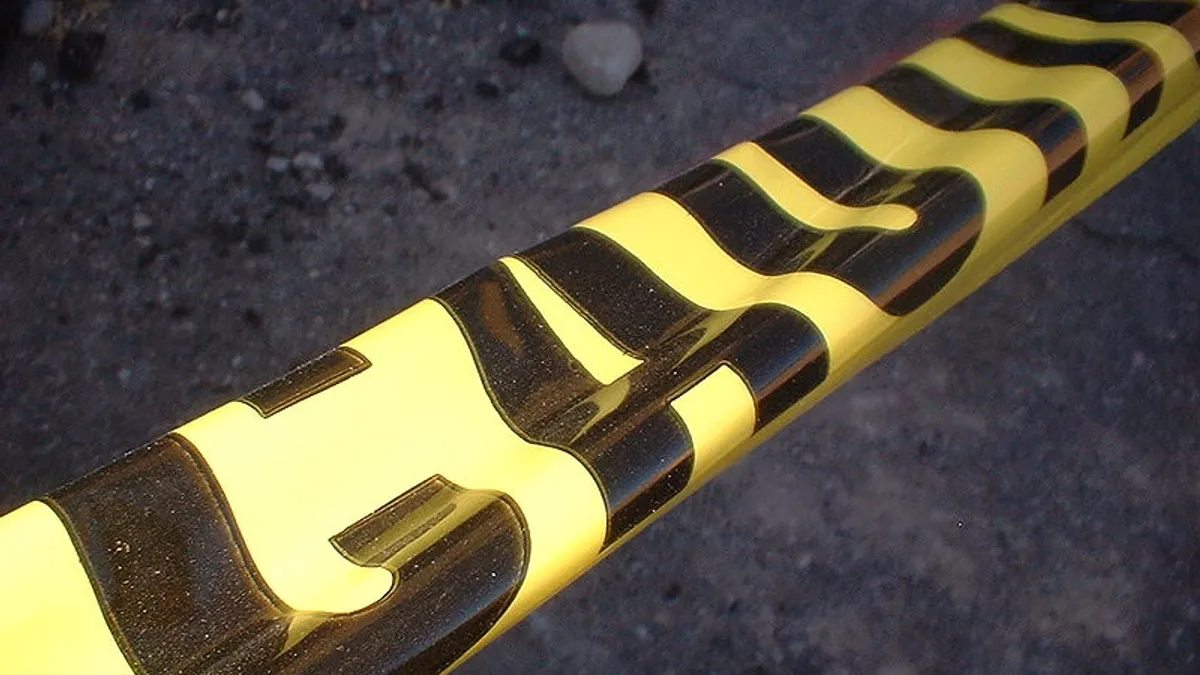Dive Brief:
- A new video of the Hard Rock Hotel in New Orleans has emerged in which workers express concern about the safety of the structure prior to its partial collapse last weekend, reported CBS News. Three died and 30 others were injured when a portion of the hotel fell Oct. 12.
- In the video, workers can be heard expressing concern about the integrity of the shoring holding up a concrete slab on one of the upper floors. They point out that the slab was sagging so much that the temporary shoring jacks, allegedly spaced too far apart, were bent. The contractor who posted the video but who did not work on the project said he was told by the individuals who recorded the video that workers were told to remove the shoring even though the load from the slab was bending them.
- New Orleans officials are investigating the video, but an engineer familiar with the project before it became a Hard Rock property, Walter Zehner, said although the video does show the shoring spaced far apart, there is no enough evidence to label it as the cause of the collapse.
Dive Insight:
Civil engineer David Corr, clinical professor of civil and environmental engineering at Northwestern University's McCormick School of Engineering, told Construction Dive that it is difficult to draw conclusions about the collapse from the video but offered some general points and an observation.
Unlike steel and timber, Corr said, concrete takes time to cure and gain strength. Since it takes about 28 days to achieve and measure the concrete's full compressive strength, this is not a timeline that works with the typical construction schedule.
"Obviously, a construction project cannot wait this long to proceed with higher floors of a building like this," Corr said, "so other quality control methods are used to predict the final strength, ensure it will be high enough and establish when the concrete being placed will be able to support itself and the weight of higher floors."
Falsework, or shoring, like that seen in the video, he said, is used to support concrete while it reaches strength. However, in the video, Corr said, there appears to be a bent falsework column.
"I don't want to offer an opinion about why that is, but it is hard to imagine a falsework column would be installed if it were that significantly bent," he said. "This leads me to believe the bending occurred as construction progressed, which is an indication that this column is inadequate for the loads it needed to carry. As to why that occurred, a full investigation is needed."
Other workers told CBS News that crews incorrectly installed the metal pan that concrete was poured into for at least one of the hotel's floors.
Ten of those injured in the collapse have filed a lawsuit against the developers claiming shoddy design and construction. The suit also accuses developers of employing unsafe cost-cutting measures like using unskilled workers and not providing enough supervision.
There are still two damaged, unstable cranes at the hotel site, both of which pose a danger to surrounding buildings. Crews, using torches and explosives, are scheduled to start demolition of the cranes Friday before a tropical storm potentially blows into the area.












